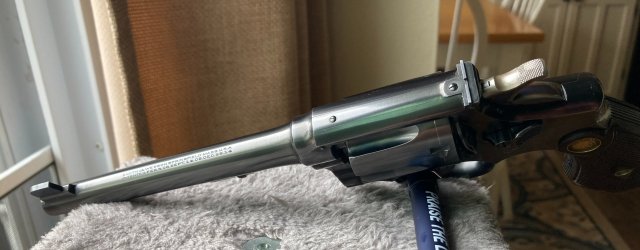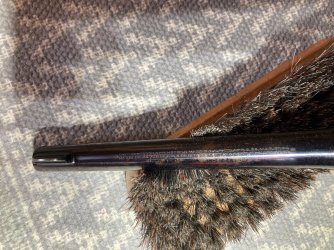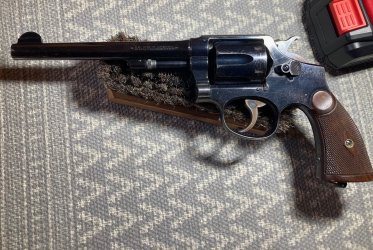Serial # 474995 It has target sights, trigger and grooved frame in front and back of the grips. a fairly decent job where the grips leave it exposed. I know it has been refinished but it seems to be a fairly decent job. No marks obliterated everything is legible but the typical roll mark ridges are smoothed out. Bore and action parts are as new. I have not shot it yet.
My guess is it would be possible that this was done by S&W at some time after it was made, or it started out as a target model and was refinished some time after that. Grips are not numbered so they may have been added later in life. I think my out the door cost was around $400. Originally built in 1922-3 by my research.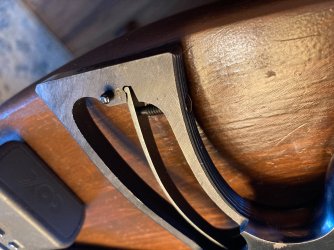
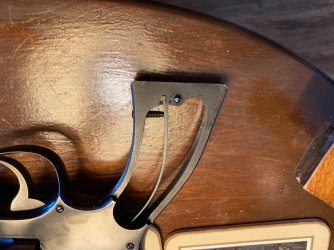
My guess is it would be possible that this was done by S&W at some time after it was made, or it started out as a target model and was refinished some time after that. Grips are not numbered so they may have been added later in life. I think my out the door cost was around $400. Originally built in 1922-3 by my research.







